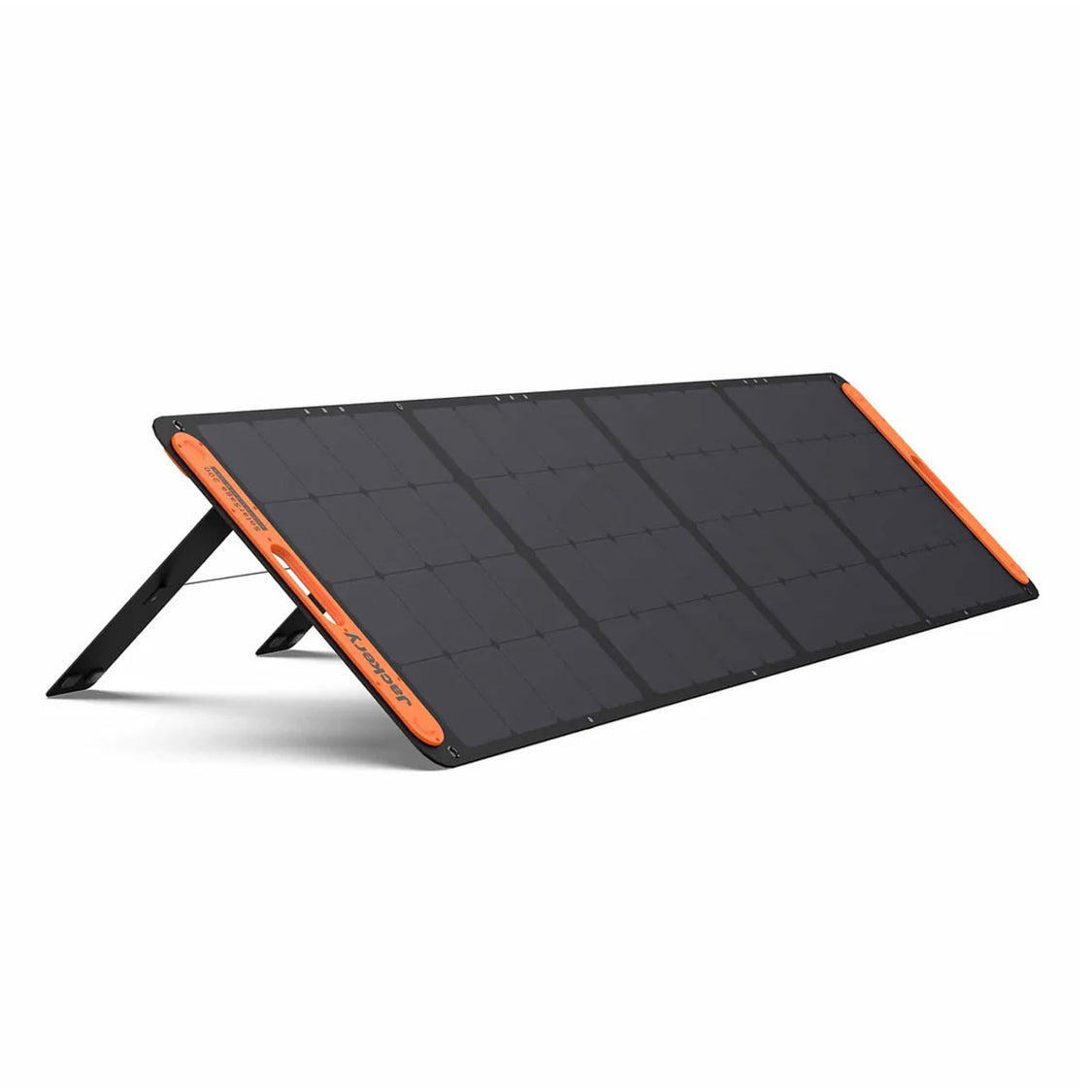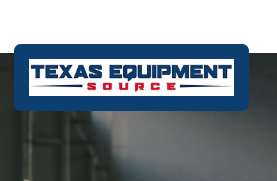The transition to renewable energy is gaining momentum as people search for sustainable, cost-effective solutions. Among the many options available, solar power stands out as both accessible and reliable. Homeowners and businesses are increasingly turning to solar technology to lower utility bills and reduce environmental impact.
Still, installing solar is not a decision to make lightly. The process involves significant financial and structural planning, and overlooking key details could compromise long-term performance. By carefully evaluating critical factors in advance, you can make solar panels a worthwhile investment that maximizes efficiency and value.
-
Roof Condition and Orientation
Before beginning installation, one of the first elements to examine is your roof. Since solar systems are designed to last for decades, the roof must be strong and stable enough to support them for the same length of time.
Key points to consider:
-
Roof age and durability: If your roof has fewer than 15 years of life left, replacing it before installation may prevent costly adjustments later.
-
Orientation: In the United States, south-facing roofs usually capture the most sunlight.
-
Shading: Tall trees, chimneys, or nearby buildings can block sunlight and reduce efficiency.
-
Surface area: Sufficient unshaded space is necessary to fit the number of panels required.
-
An inspection by a professional installer can help determine if reinforcements or modifications are necessary to ensure your roof is ready for the transition.
-
Energy Consumption and Needs
A proper understanding of your household or business’s energy usage is essential when determining system size. Reviewing at least 12 months of past utility bills gives you a clear picture of seasonal fluctuations and long-term trends.
Practical considerations include:
-
Household size and daily energy habits.
-
High-demand appliances, such as heating and cooling systems.
-
Plans for future energy use, such as adding electric vehicles.
-
Business operations require heavy equipment or a constant power supply.
Designing a system that balances current demand with potential growth helps avoid both underpowered and oversized setups. This ensures that the panels you invest in deliver optimal financial and energy-saving returns.
-
Local Climate and Sunlight Exposure
The effectiveness of solar technology is directly linked to local weather conditions. While sunny regions yield the highest efficiency, panels can still function in less favorable climates, though at a reduced rate. Even areas with frequent cloud cover or rainfall can benefit when the system is designed correctly.
For example, colder climates often have shorter days during winter, but solar panels may perform better in mild temperatures than in extreme heat. Additionally, dust and air pollution in some regions may lower efficiency if panels are not cleaned regularly. Choosing an installer familiar with your area’s unique climate ensures your system is built to perform year-round.
-
Financial Incentives and Budget
The upfront investment in solar energy can seem daunting, but incentives make the switch more affordable. Tax credits, rebates, and net metering programs are available in many regions and can dramatically shorten the payback period. For homeowners and businesses alike, these savings are worth exploring.
It’s also important to look beyond installation costs. Consider potential maintenance, inverter replacement, and battery storage expenses. Financing options, such as solar loans or leases, provide flexibility if an upfront purchase isn’t feasible. By evaluating your budget alongside available incentives, you can strike the right balance between affordability and long-term gain.
-
Maintenance and Longevity
Solar panels are known for their low maintenance requirements, but occasional upkeep ensures they continue to perform at their best. Regular cleaning helps remove dust, leaves, or bird droppings that might block sunlight. In some regions, this may be necessary more frequently than in others.
Panels are built to last 20–25 years and typically include manufacturer warranties. However, supporting components like inverters and batteries may require replacement earlier. Understanding the life cycle of each part helps you plan for future costs, ensuring your system remains efficient throughout its lifetime.
-
Choosing the Right Installer
The installer you choose is as crucial as the panels themselves. Certified professionals bring experience, knowledge, and the ability to design systems tailored to your property. A well-executed installation ensures maximum energy capture, compliance with regulations, and long-term safety.
When selecting an installer, factors to weigh include certifications, customer reviews, and transparency about pricing. Reputable companies also provide aftercare services such as monitoring tools, routine inspections, and warranty support. Building a relationship with a reliable installer can help safeguard your investment and provide peace of mind.
The Final Word on Solar Readiness
Switching to solar power is a forward-thinking choice that offers economic, environmental, and personal benefits. Considering your roof’s condition, energy use, climate, budget, and installer expertise allows you to make decisions that deliver both short-term and long-term rewards. With the right planning, solar becomes more than just an energy source – it becomes an asset.
Whether for residential or business purposes, careful evaluation is the key to success. DR TECH emphasizes the importance of preparation and education before installation. By addressing critical factors upfront, the journey toward solar panels transforms into a smart, sustainable step toward a brighter future.







0 Comments